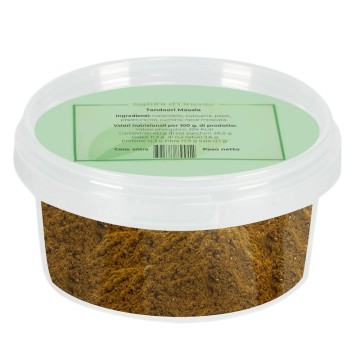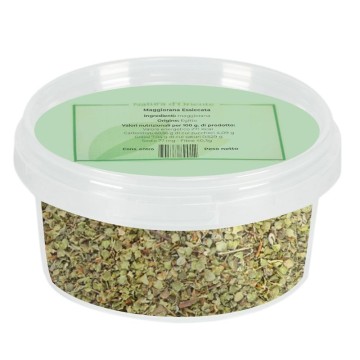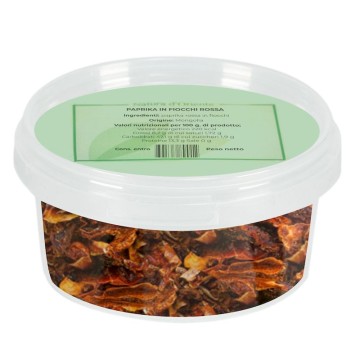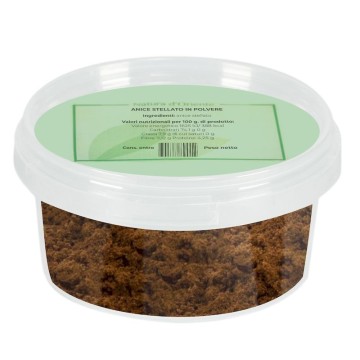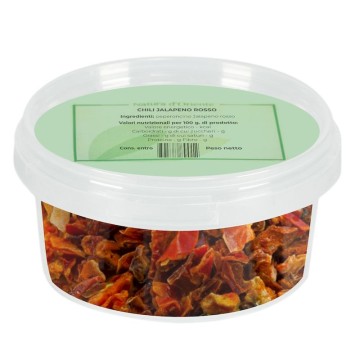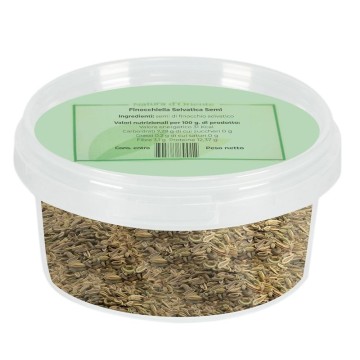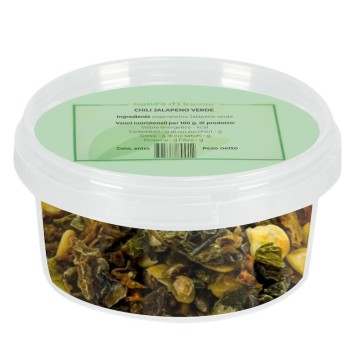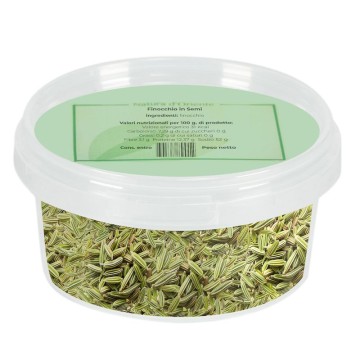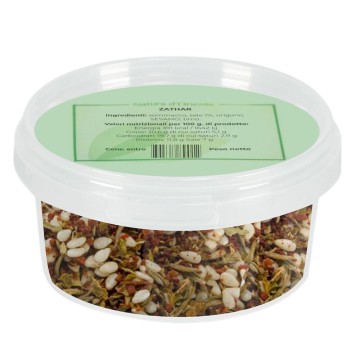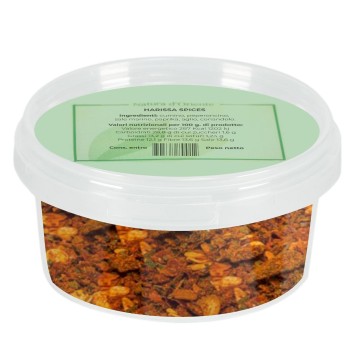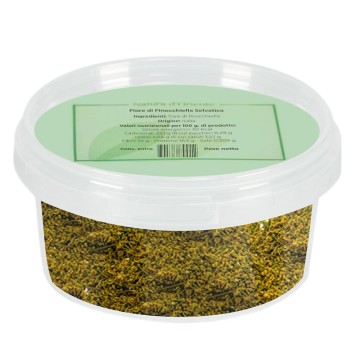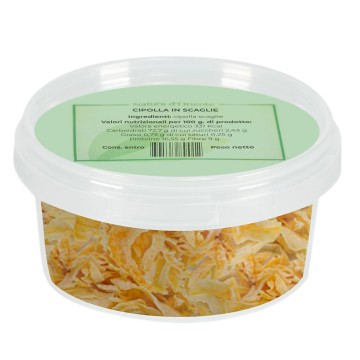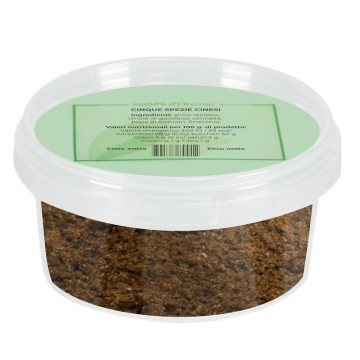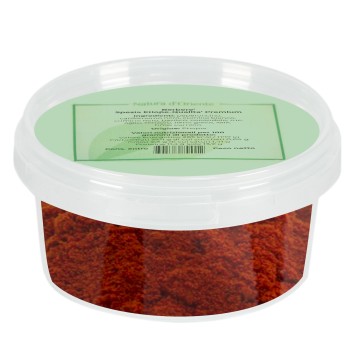Tarragon is an herbaceous plant known for centuries to provide aroma in the kitchen, cosmetic fragrances and wellness benefits. It has a delicate but particular taste, very similar to anise, which goes well with dishes such as fish, beef, chicken, asparagus, eggs and soups.
Tarragon leaves: properties and benefits
Among its best-known properties are the digestive ones: an infusion with tarragon leaves after meals promotes the transit of food and the elimination of abdominal swelling (meteorism) . It promotes the purification of the organism by stimulating diuresis, and fights loss of appetite by stimulating the appetite. Its stomachic-digestive and carminative virtues help eliminate excess gas in the gastrointestinal tract, helping regular motility during digestion.
Being a natural purifier, it is useful in case of sore throat and irritation of the mouth. Historically it is used to facilitate the intake of bitter medicines: chewing tarragon leaves reduces the sensitivity of the taste buds.
This aromatic herb also comes from the group of Artemisia plants, useful for relaxation: the infusion of Tarragon leaves can facilitate rest and improve the quality of sleep. Among other benefits, known in traditional folk medicine, tarragon has been used for a long time for the well-being of joint function and for the regularity of the sweating process. This herb contains nutrients that may be beneficial to your health, such as antioxidants and minerals, including manganese. The main components of the essential oil are estragole, eugenol, limonene.
How can we use tarragon leaves in cooking
The dried parts are used in the preparation of many dishes, due to their intense aromatic properties. The pungent and bittersweet flavor of tarragon, sweet and slightly bitter, recalls that of anise. It is also compared to licorice and fennel, due to the presence of estragole. This natural substance completes the fresh and provocative flavor profile in the leaves, halfway between salt and pepper. For these reasons, tarragon is a natural flavor enhancer in the kitchen, also useful for those who cannot use salt due to health problems.
Given its delicate taste, it can be used in a variety of dishes. Dried tarragon has a more concentrated flavor and should be used sparingly than fresh leaves. Dried tarragon leaves are commonly included in stews, sauces, fish, enjoyed in chicken dishes and omelettes to add an interesting flavorful twist. It is also commonly found in blends of herbs and seasonings, commonly used in cooking to dress salads and fish sauces.
Savoury recipes: it can be added to scrambled or fried eggs, as in French recipes where it is found in omelettes. It is used to flavor butter, mushrooms, potatoes and vegetables. It can replace pepper and vinegar in salads, and give a touch of fresh flavor.
Meat and fish: it is used to season fish and meat, in particular as a garnish on roast chicken; it is an aromatic herb widespread on fish such as salmon or tuna. It pairs well with meats such as veal and lamb, as well as seafood dishes.
Sauces: in France, tarragon is considered the "king of herbs" and represents one of the fundamental ingredients in the production of Dijon mustard, sauces and mayonnaise. Tarragon can be incorporated into sauces such as pesto or aioli. Mix with olive oil to season roasted vegetables aromatically. It imparts a particular flavor to the oil and vinegar in which it is macerated, because tarragon pairs particularly well with acidic flavors such as lemon and vinegar – with which it can create a useful blend in marinades.
An aromatic herb worth trying, given that tarragon is not widely used in Italy currently. Unfortunately, the ancient Sienese preparation of a sauce of tarragon, garlic and breadcrumbs soaked in vinegar, made to accompany boiled beef and chicken, is disappearing.
Meatballs in ancient sauce
Ingredients: Beef 450 g – 1 peeled and chopped onion - 75 g of fresh wholemeal bread crumbs - 1 tablespoon of parsley - 1 tablespoon of tarragon - 1 cloves of garlic - pepper to taste - 1 Egg - 1 tablespoon of Yogurt - 2 tablespoons of corn oil - 1 large leek - 300 ml water - ½ orange peel - 10 tablespoonsof orange juice - 2 teaspoons of Maizena (corn starch)
Preparation
In a bowl place the minced meat with the onion, the bread crumbs, the herbs, yogurt, crushed garlic, pepper, egg. Mix with a spoon and knead for at least 5 minutes, until a smooth mixture forms. Make 22-24 meatballs and place them in the refrigerator for about 1 hour. Heat the oil in a large frying pan, add the meatballs in different stages, so that they brown evenly. Add the leek and cook for another minute. Pour the water, zest and orange juice over the meatballs. Bring to the boil. In a bowl, dissolve the cornstarch with 2 tablespoons of cold water and add it to the sauce. Cover the pot and cook for 25 minutes, stirring occasionally until cooked through. Pour the meatballs with their sauce onto a hot plate and serve immediately.
Origins and history of cultivation
Tarragon, also known as Tarragon or Dragon Herb, derives from the Artemisia dracunculus plant, a bushy aromatic herb of the Asteraceae family. It is a perennial reaching a height of 150 cm, with thin stems producing shiny leaves and yellow (also green or white) edible flowers. The fruits are achenes. The plant is believed to be native to areas of Siberia and Mongolia, and today comes in two common forms that include Russian and French tarragon. French tarragon is grown in Europe (mainly France and Spain) and North America. As an aromatic and herbal herb, it has been known for centuries in traditional Asian medicine, mainly in Iran, Pakistan, Azerbaijan and India. It was discovered by the Arabs who helped spread it in the Mediterranean area, appreciated for its strong anise-like aroma and spicy, slightly acrid flavour. Throughout history, tarragon has earned a reputation as a natural medicine. For example, ancient Roman soldiers put it in their shoes to increase vitality, and the Greeks chewed tarragon leaves to relieve toothache. The dracunculus (little dragon) is the name that refers to the shape of the plant, which resembles a dragon, but behind this name could hide its ancient fame of healing from poisonous snake bites. Due to its property in ancient folk medicine, to restore menstrual flow, this plant is said to have been generically called "artemisia" in honor of Diana Artemis. Its spread in Italy perhaps came following the Crusades, while according to the Sienese, tarragon arrived in Tuscany in 774 following Charlemagne. It was planted and cultivated in the garden of the Abbey of S.Antimo and immediately became known for its therapeutic intestinal and digestive anti-fermentative properties. It was called with the term "dragon, draco, draconzio", present in medieval medical texts. It seems that as a gastronomic ingredient, it was mentioned for the first time only around the sixteenth century by the famous chef Cristoforo da Messisbugo.

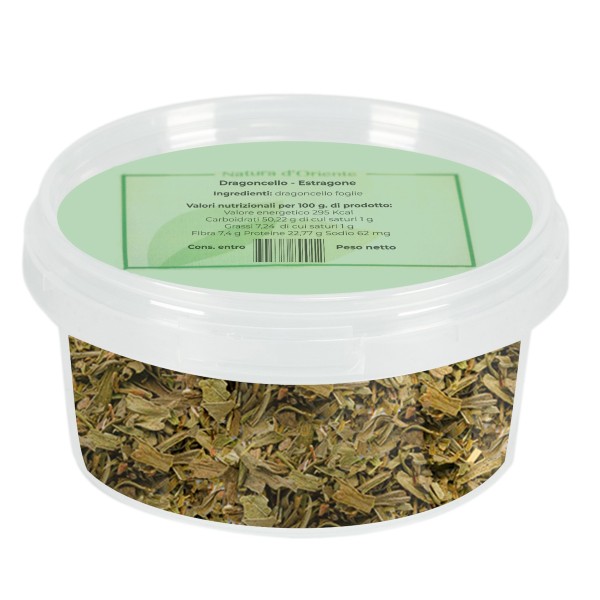









 No reward points for this product.
No reward points for this product.
